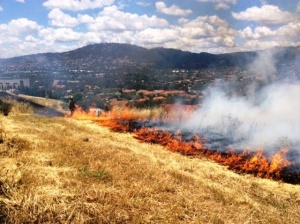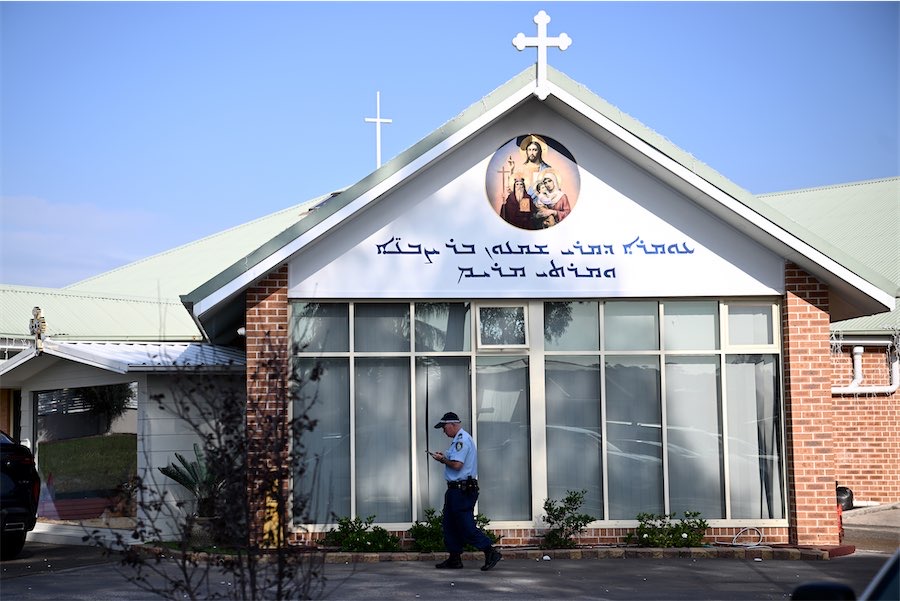RESEARCHERS at The Australian National University (ANU) have found current approaches to controlled hazard-reduction burns could have adverse effects on the genetic diversity of animal and plant populations.
Dr Annabel Smith, who led the research at the ANU Fenner School of Environment and Society, said fire can fragment habitat in a similar way to vegetation clearing, limiting species’ access to potential breeding partners.
“Ecological burning is usually considered to benefit biodiversity in Australia, given its long history of fire as a natural process,” Annabel said.
“Careful consideration must be given to the size and shape of broad scale prescription burns to ensure that species can disperse through their habitat.
“When burning within a single patch of habitat it is important that different stages of vegetation are connected so animals can move through the landscape.”
Since the Victorian bush fires in 2009, prescribed burning policies have changed and some states have introducing annual controlled burning targets.
The ANU research looked at the movement and spread of animals after fire, and is the first study to directly examine how fire affects the movement and spread of animals who live in a continuous habitat.
Dr Smith said if large areas of vegetation were burned at once, it could harm some species by restricting their movement and reducing their chances of breeding with other populations.
Researchers, however, found one exception.
“The knob-tailed gecko is an exception to this rule. A lack of fire restricts its movement,” she said. “After a fire its population increases. If its habitat hasn’t burned for 30 years there are almost none.”
Dr Smith said while it was important to focus on protecting houses and surrounding areas, it was vital that conservation goals were part of any burning project.
“Understanding that fire can affect movement and dispersal opens up new avenues for us to understand the influence of fire on Australian plants and animals,” she said.
The research was completed while Dr Smith was a post-doctoral fellow at the ANU Fenner School of Environment and Society.
The research has been published in the journal Proceedings of the Royal Society B.
[Photo: Amber ridge burnoff, TAMS supplied]
Who can be trusted?
In a world of spin and confusion, there’s never been a more important time to support independent journalism in Canberra.
If you trust our work online and want to enforce the power of independent voices, I invite you to make a small contribution.
Every dollar of support is invested back into our journalism to help keep citynews.com.au strong and free.
Thank you,
Ian Meikle, editor





Leave a Reply